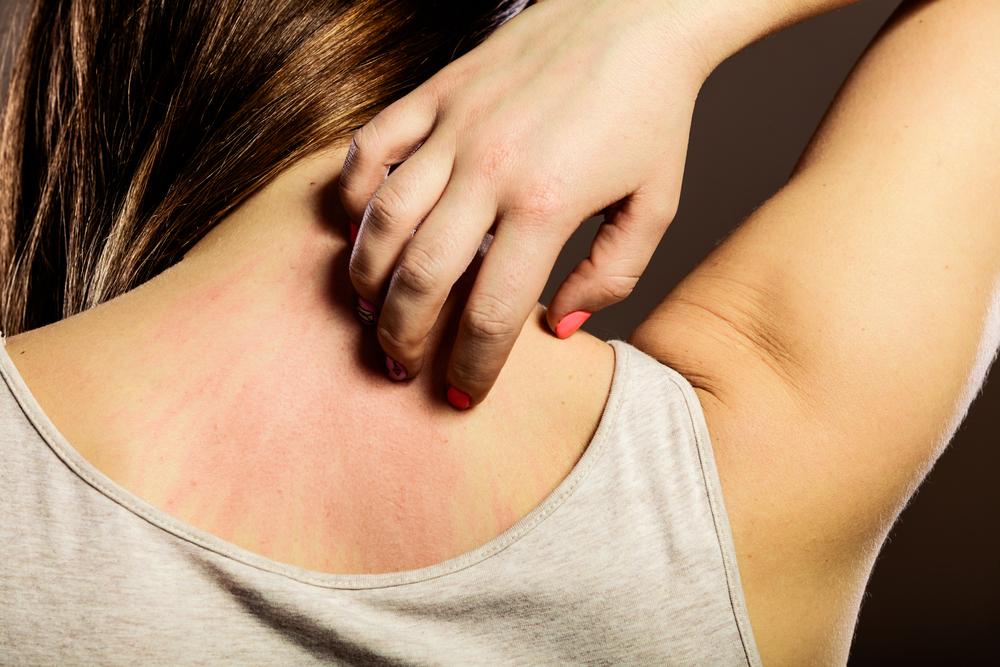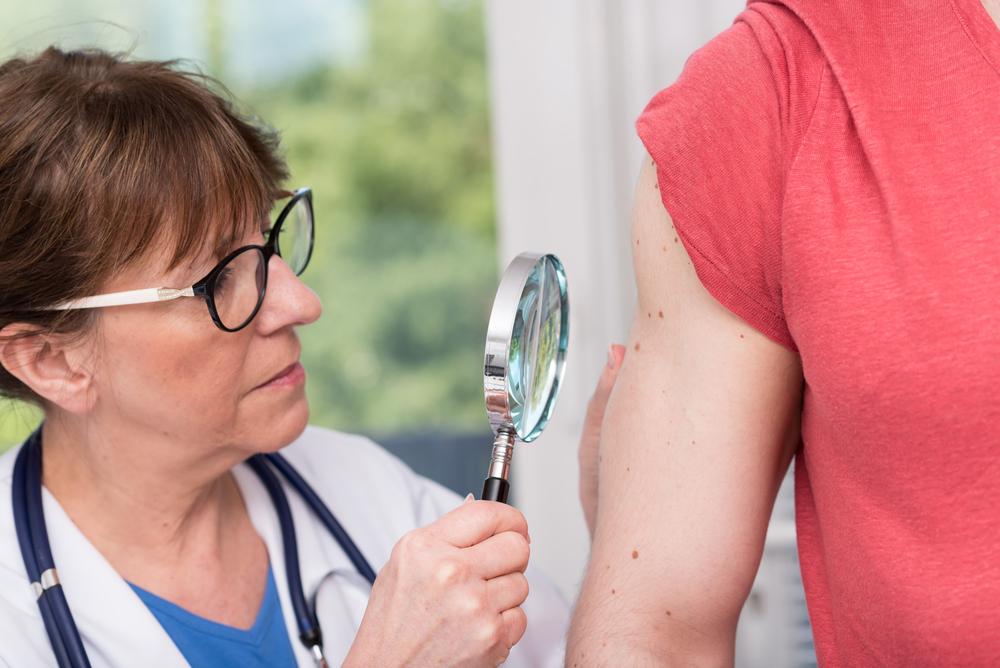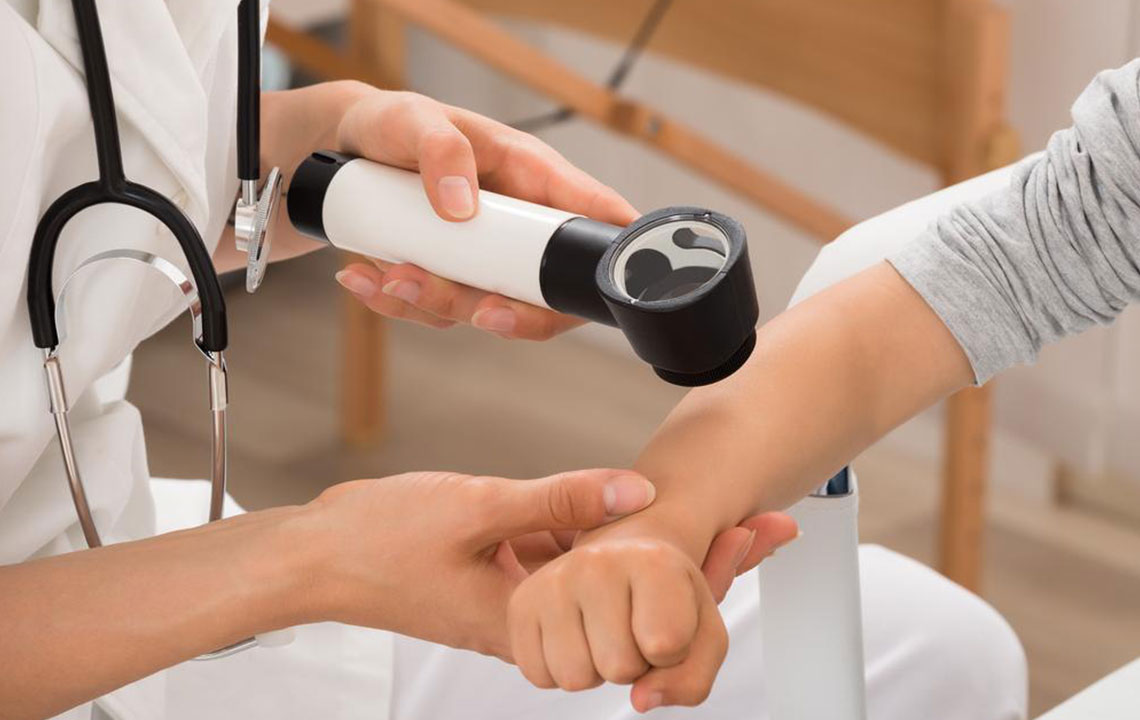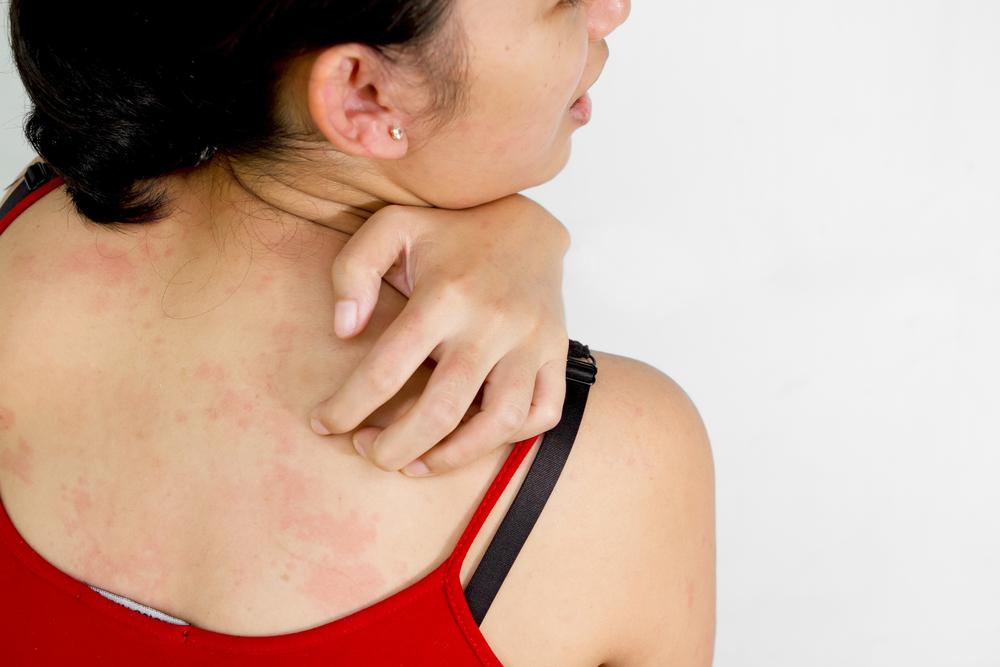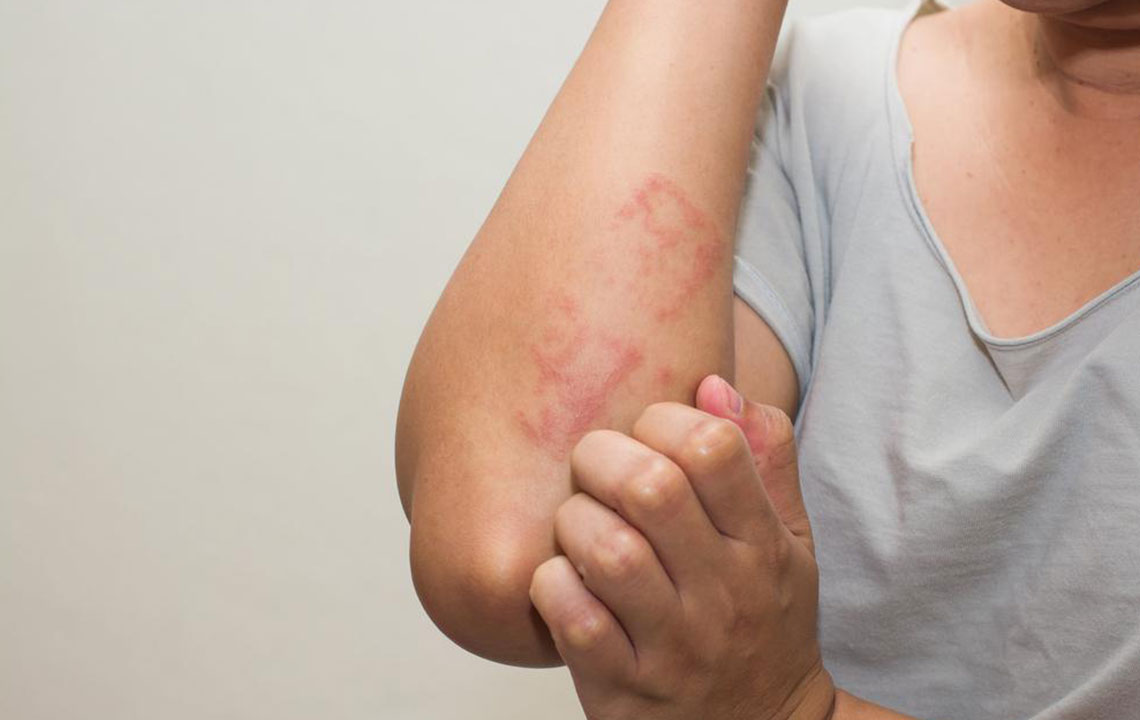Comprehensive Guide to Eczema and Dermatitis Types
This comprehensive guide covers the various types of eczema and dermatitis, including their symptoms, causes, and treatment options. It helps readers understand conditions like atopic, contact, dyshidrotic, nummular, neurodermatitis, seborrheic, and stasis dermatitis. Practical advice and management tips are included to aid in symptom relief. Knowledge of these skin conditions can empower individuals to seek appropriate care and improve skin health. Always consult healthcare professionals for personalized treatment plans.

Comprehensive Guide to Eczema and Dermatitis Types
Dermatitis, commonly called eczema, is a widespread skin condition characterized by inflammation. It can be classified into acute eczema, which presents with rapid redness, swelling, and blisters, and chronic eczema, marked by darker, thicker, and often scratched skin patches.
Symptoms typically include:
Intense itching
Dry, flaky skin with rough patches
Broken, red, and bleeding areas
Water-filled blisters forming crusts
Painful cracks or splits in the skin
Let's explore the various types of eczema:
Atopic Dermatitis: Frequently affecting individuals with asthma, hay fever, or sensitive skin, atopic dermatitis usually appears in childhood but can affect any age. It commonly involves the hands, face, feet, inner elbows, and behind the knees. Persistent scratching causes thickening and wounds. Triggers include soaps, rough fabrics, household chemicals, allergens like dust mites, and certain foods. Treatments include moisturizers, steroid creams, and biologics such as dupilumab or crisaborole. Light therapy and antibiotics may also help.
Contact Dermatitis: Caused by irritants or allergens like chemicals, nickel, cosmetics, or poison ivy, contact dermatitis affects sensitive areas like the hands. It can develop without atopic dermatitis. Management involves avoiding triggers, using moisturizers, steroid creams, and antibiotics, along with protective gloves.
Dyshidrotic Dermatitis: Usually affecting the hands and feet, this painful condition features itchy blisters that can become cracked or scaly. Unknown causes, but symptom relief can be achieved with cold compresses, steroids, psoralen therapy, and UV light.
Nummular Dermatitis: Common in middle-aged men and young women, it presents as small round red patches on the legs, arms, or lower back. Contributing factors include dry air, metals, and chemicals. Treatment involves moisturizers, steroids, and antibiotics if infected, while avoiding scratching.
Neurodermatitis: Characterized by itchy spots on the neck, scalp, genitals, wrists, or behind ears, often worsened by scratching during sleep. Thickening, infection, and wrinkles may develop. Management includes avoiding scratching and applying steroid creams; severe cases may require prednisone.
Seborrheic Dermatitis: Causes dandruff in adults and cradle cap in infants, affecting oily skin areas like the scalp, nose sides, eyebrows, and chest. Caused by yeast, it may be harder to treat in immunocompromised individuals, including those with AIDS. Treatments include medicated shampoos with zinc pyrithione, selenium sulfide, antifungals, coal tar, and corticosteroids.
Stasis Dermatitis: Seen in people with poor venous circulation in the legs, leading to skin crusting and brownish discoloration. Treatment involves steroid creams, lubricants, compression stockings, antibiotics, and lifestyle changes like exercise.

